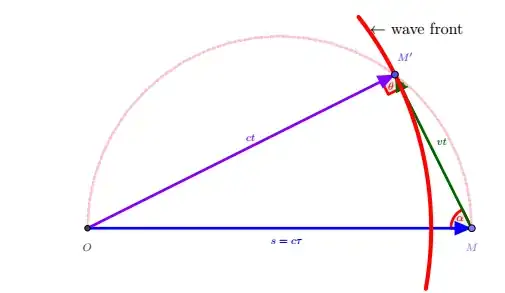Time is different from space in these two seemingly independent ways.
One of them is generally believed to have to do with special boundary conditions at the beginning of time.
But if you knew nothing about our universe, and you were constructing one from scratch, it seems just as logically possible that you could put the special boundary condition at the edge of any spacial dimension instead. Where the usually distinction between a spacial and a temporal dimension is which sign it contributes to the metric signature.
I've also wondered about theories with more than one time dimension. I know these have come up now and then in string theory and other approaches to quantum gravity. But I've never heard anyone explain whether living in a universe with two time dimensions would mean only one of them has an arrow, or both of them have an arrow... or maybe neither of them necessarily must have an arrow... where I think the last one is probably right.
To put it another way, 3 of the dimensions are unbounded in both the positive and the negative direction... While the 4th is unbounded only in the positive direction, and therefore strictly non-negative if you choose its lower bound as the origin.
Is there anything inconsistent or problematic about a universe whose asymptotic metric signature is (-1, 1, 1, 1) where the -1 direction is unbounded but one or more of the 1 directions are bounded from below (or equivalently, from above) and the metric becomes singular as that special coordinate approaches the origin? Or is it just random luck, like we had a 1 in 4 shot of the bounded dimension being the -1 and that just happened to be the case?
